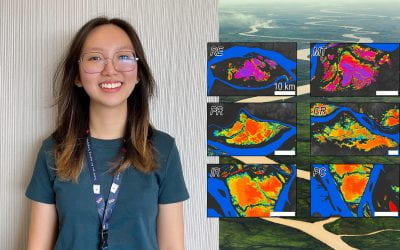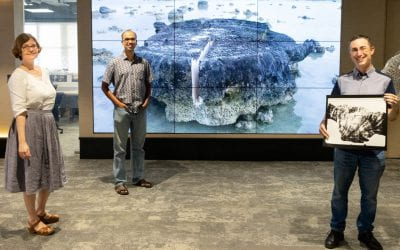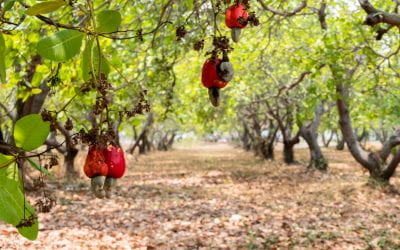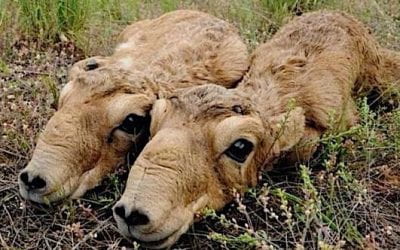A URECA study with Asst Prof Edward Park at NIE gave ASE student Ang Wei Jing the opportunity to study the world’s largest river, the Amazon. With her project “Remote Sensing of Rivers” she won the URECA Research Excellence Award, and now she is publishing her results in a top journal.
Preventing future tsunami impact on major Asian ports by characterizing Tohoku port response – new PhD thesis from ASE
Every year in CoS, PhD students defend their thesis, earning their doctorate which is the highest qualification in university. Science@NTU caught up with Dr Constance Chua from the Asian School of Environmental (ASE) about her PhD experience.
Seasonal ocean acidification linked to monsoon in Singapore
Scientists from ASE’s Marine Biogeochemistry Lab have discovered interesting patterns in ocean acidification linked to Singapore’s monsoon seasons. Using stable isotopes they were able to trace the path of carbon atoms from land to sea and air in and around Singapore.
Tectonic plate subduction is a carbon sink – new discovery by Prof Redfern’s team
In a recent study published in Nature Communications, Prof Simon Redfern and his team show that subduction zones can be carbon sinks, contributing to the long-term storage of carbon in the deep Earth and thereby keeping it from re-entering the atmosphere as CO2. The flows of carbon between the Earth’s crust and the atmosphere are important processes regulating global atmospheric CO2 concentration.
ASE students research on plastic pollution and marine health in Singapore waters
EXPLORE! Grant awardees Roy Tan and Grace Tay will use novel techniques to achieve more accurate and efficient sampling of water and detection of marine microplastics and diatoms.
New insights into processes leading up to big earthquakes and tsunamis call for review of tsunami risk assessment
Two recent papers published in Nature Geoscience by researchers from ASE and the EOS Geodesy group shine new light on the geological processes leading up to earthquakes that can generate devastating tsunamis. In view of the new findings, earthquake and tsunami risk assessment need to be revised for coastlines near subduction zones in Asia and worldwide.
Can Plantations Provide Supplementary Habitat for Wildlife in the Face of Deforestation? – A Case Study from India
Conversion of forest to agricultural land is one of the biggest threats to wildlife in Asia. ASE PhD student Anushka Rege has investigated the potential of cashew plantations in India as habitat for wild animals, showing that though forests remain irreplaceable, cashew plantations could serve as a supplementary habitat for local animals, if well-managed.
ASE student Chai Min Wei winner of NTU PEAK best ideation award
Congratulations to ASE student Chai Min Wei, a final year geoscience student who recently took part in NTU Peak, and was part of the team awarded Best Ideation.
NERC-NRF SEAP Grant to Assoc Prof Federico Lauro and Team to Study Marine Plastic Pollution in Southeast Asia
A multidisciplinary team of researchers, including Associate Professor Federico Lauro (PI) and Assistant Professor Patrick Martin (Co-I) from ASE, have been awarded the NERC-NRF SEAP research grant to study marine microplastic waste in Southeast Asia.
Conservation Work Through Targeted Online Advertising – The Case of the Saiga Antelope
With the use of online advertising and news coverage, Assistant Professor Janice Lee, Dr. Hunter Doughty and co-authors bring to light the potential of strategic online advertising as a tool for promoting more sustainable consumer choices.










